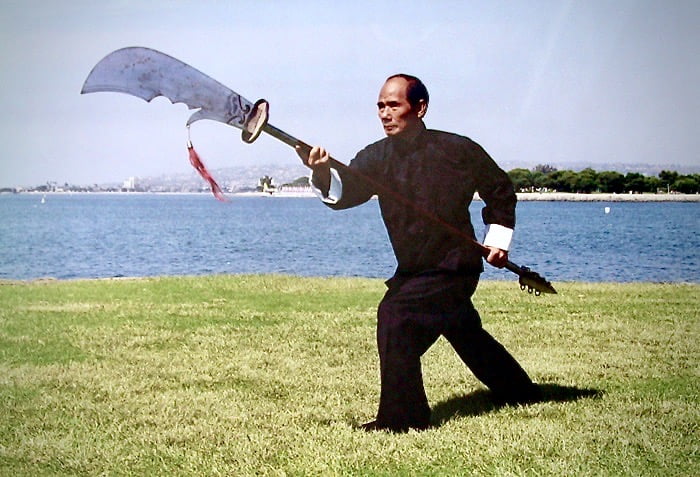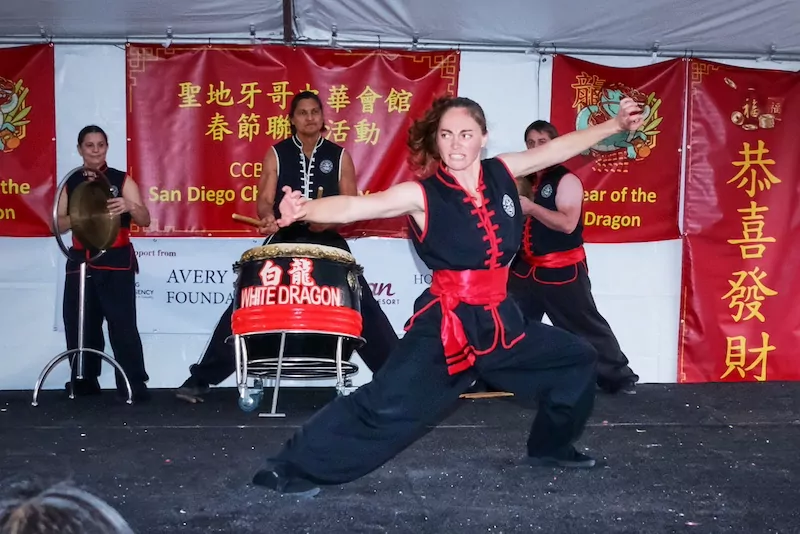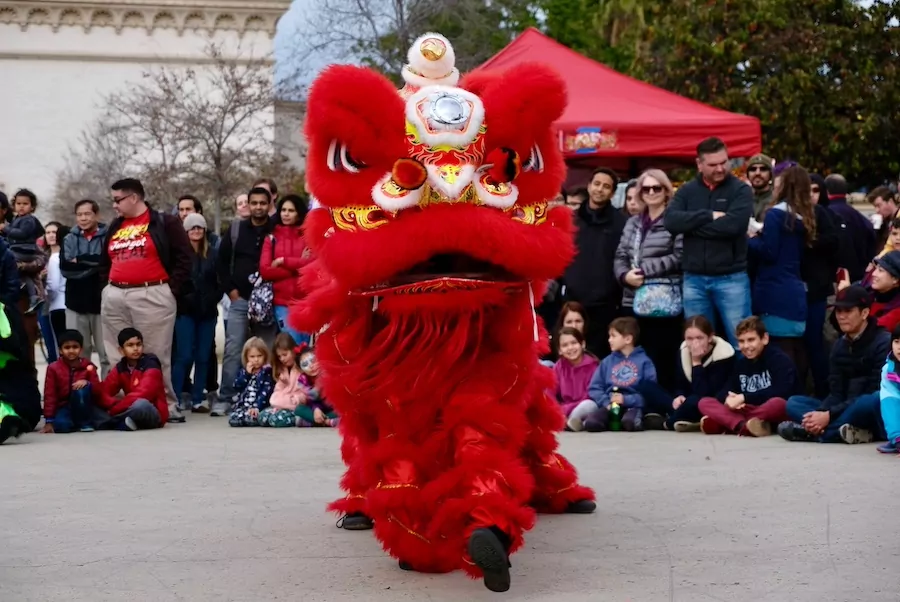The White Dragon School Blog

Quality, Not Quantity
Do you measure your martial art skill by the number of forms you know or the tournament trophies you won?
I hope not. Because, if you do, you’re keeping yourself from ever reaching your top martial arts potential.
It’s not how many sets you know, or how many people you’ve defeated at tournaments that makes you proficient in your chosen fighting system. Good martial artists are products of balanced training formats that emphasize correct form, understanding of techniques, and two-person sparring practice. While excelling in just one of those points may make you a good performer, it doesn’t make you a good martial artist.
In the days when Choy Li Fut was known solely in China, accomplished masters personally studied only four or five major hand forms. Everything they needed to know about palm and fist strikes, kicking, joint-locking and throwing was contained in those few forms.
Of course, if you are a professional instructor, it’s good to have more than five forms at your disposal. In reality, however, you don’t need to know that much. In the Choy Li Fut system, five major forms include all the training you need to be a highly skilled martial artist. In systems whose forms aren’t that long as Choy Li Fut sets—they average 150 movements—ten-to-twelve forms are enough to cover everything you need to know about self-defense, footwork, balance, and coordination.
Knowing that I wanted to teach, my instructor, Woo Van-Cheuk, sent me to several of his own generation in Choy Li Fut’s lineage to learn the system’s forms from different families. Although I studied with several different Choy Li Fut teachers, I spent many years practicing only a few special forms for my personal training.
The Choy Li Fut system contains about 30 hand forms. Including its weapon forms, there are almost 100 sets in the system. However, mastering Choy Li Fut doesn’t mean learning every form. Chan Heung, the founder of Choy Li Fut, had three teachers. Their training plus his own brilliance, gave him the background to create a large number of organized training patterns.
Besides the all-important forms that characterize Choy Li Fut’s theories and techniques, there are specialized movements that cater to individual needs. For instance, some are for big people, while others are geared toward small fighters. Some forms are for kickers and the more flexible student, others for those who are more proficient with their hands.
My own intense practice and knowledge of five or six forms allows me to understand all of Choy Li Fut’s principles. Armed with that background, I can relate to other Choy Li Fut forms for which I only have written copies. These I easily teach to students with specific needs.
It’s no different in Tai Chi Chuan practice. There are many people who try to learn different styles of tai chi, rather than stick to one. This is fine for the physical side of tai chi. However, you don’t need to know more than one style to master Tai Chi Chuan.
In the days before Chen, Yang, and Wu became popular as so-called separate tai chi systems, there were only one-to-two tai chi forms. What is now known as Chen style contained enough soft movements to teach relaxed power, much the same as Yang Tai Chi. At the same time, what is today labeled Yang style had a higher level of training that taught the same explosive energy that we see in Chen. In those days Yang, Chen, and Wu were similar in principle and method. Tai chi chuan was simply Tai Chi Chuan to its students.
Taking tai chi as an example, if you master one style, you have the physical coordination, timing, strength, and knowledge of applications and concepts to correctly perform or make up any sequence of movements, regardless of whether they’re Chen or Yang in nature. Of course, by master, I mean you must know and understand tai chi’s soft and hard energy expression. You must be experienced at the external practice of push hands and free sparring, as well as the internal side that includes meditation and chi development. If you delve far enough into any legitimate tai chi style, you should find these factors.
Tai chi is no different from Choy Li Fut in its balance of training. Many people misunderstand Choy Li Fut, thinking they must train more than ten years before they can use it. It’s true that if they learn every form, it takes at least that long. However, self-defense usage comes much sooner to students who have the right teacher and are willing to work hard. Choy Li Fut can be an effective self-defense system in just one or two years if you concentrate on perfecting only a few forms, know and understand the fighting techniques, practice freestyle sparring, and spend time developing your own physical condition by stretching and working with training equipment.
The same principles apply to tai chi and other martial arts. Don’t deceive yourself. Take a close look at what you are and aren’t learning before you call yourself a well-rounded martial artist.
This article originally appeared in the February 1989 issue of Inside Kung Fu Magazine, “Training for Life” by Grandmaster Doc-Fai Wong.



















2 Comments
Very nice read. I’ll definitely keep that in mind in my kung fu and tai chi training!
Grandmaster Doc-Fai Wong teachings are timeless and forever relevant on many levels. So inspiring! Thank you for sharing.